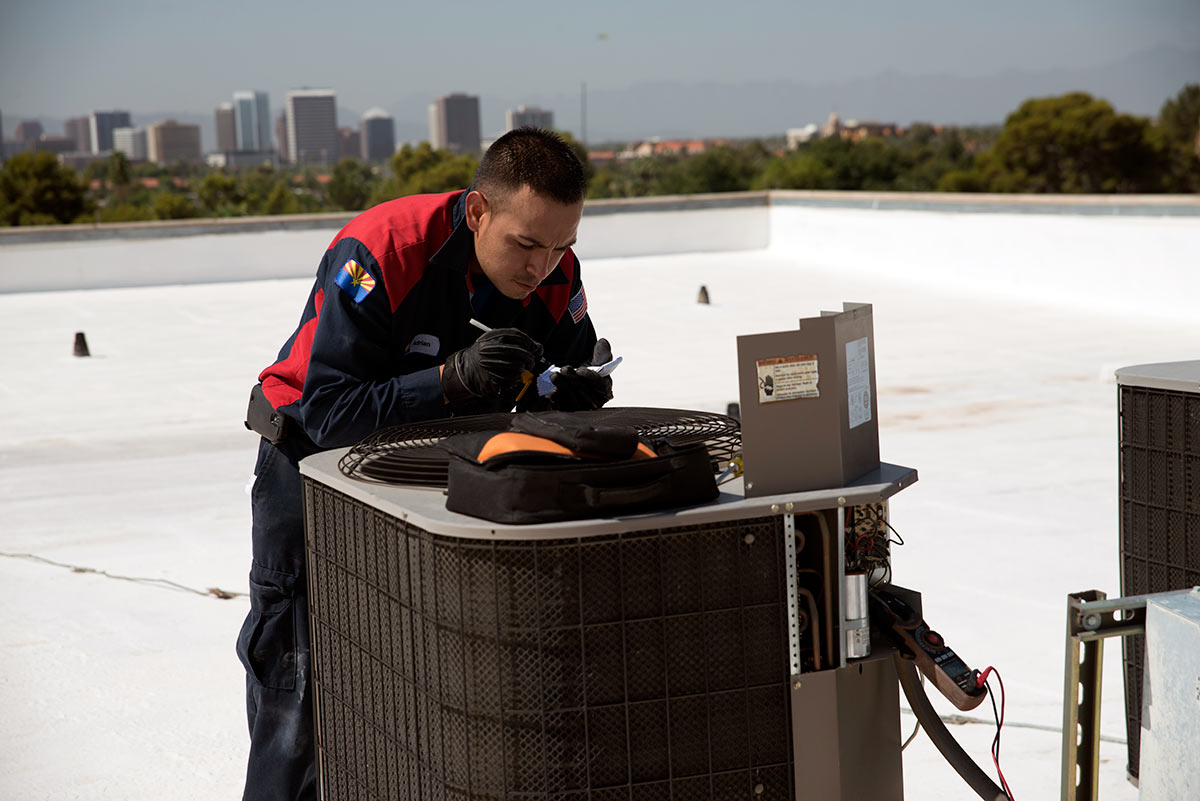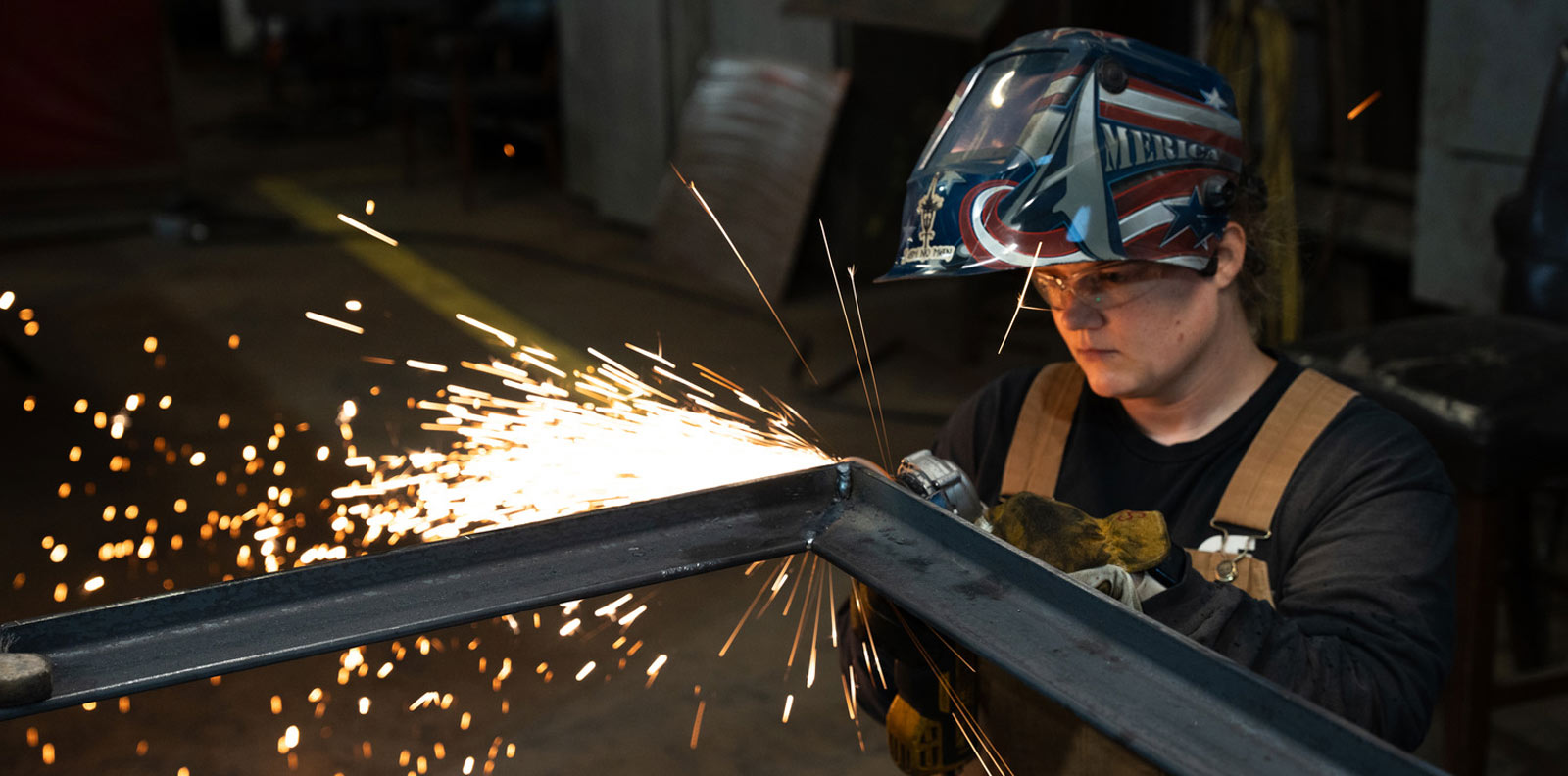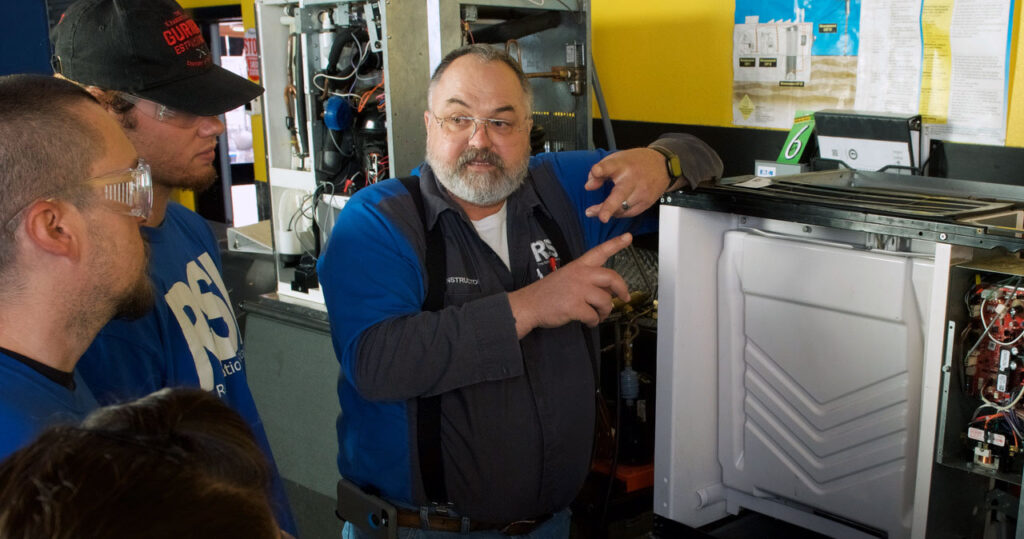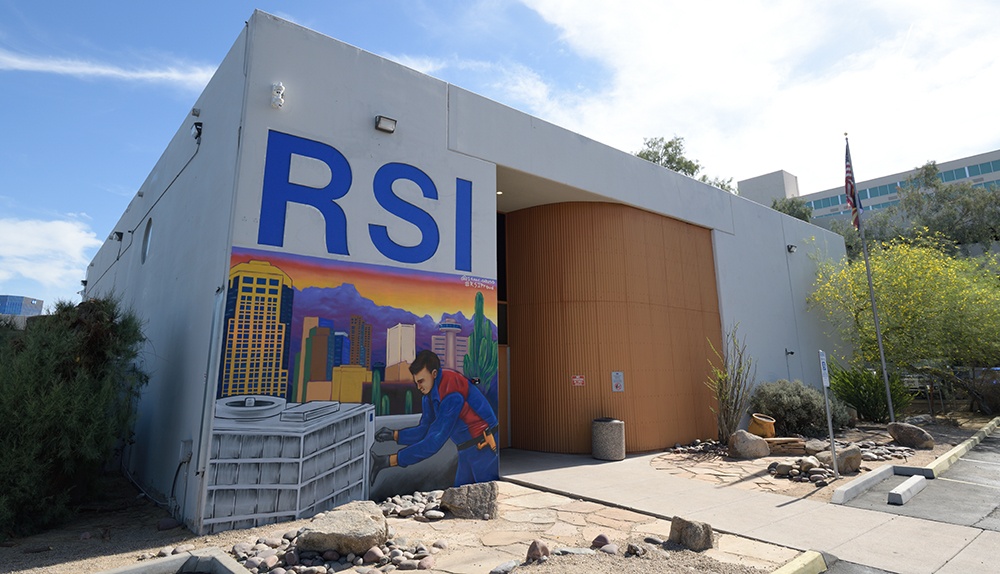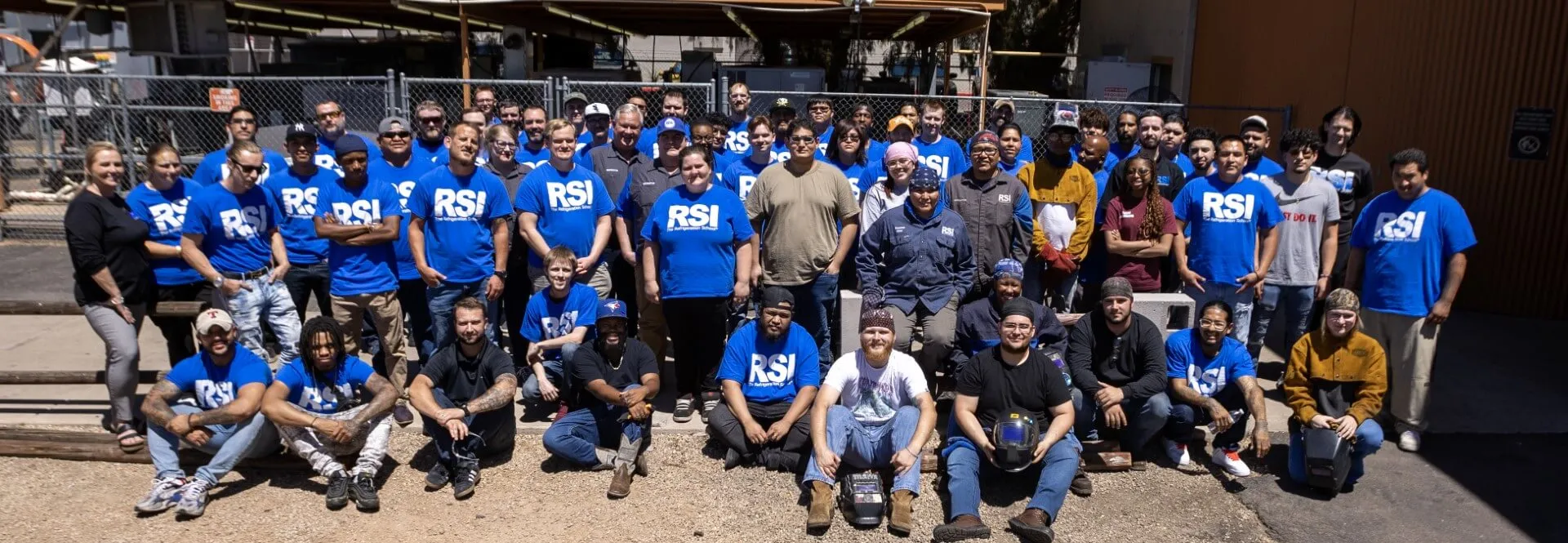RSI is a Great Training Option for Everyone
Learn more about how we can prepare you to advance your career.
When it comes to HVACR jobs, there are specialized roles that you can start working in after completing the Refrigeration Technologies training program at The Refrigeration School (RSI). One of these roles is a low-temperature field technician. So, what is a low-temperature field technician?
What is a Low Temperature Field Technician?
A low-temperature field technician specializes in the refrigeration portion of the HVACR industry. Their primary role involves installing, maintaining, and repairing refrigeration systems operating at low temperatures, such as those used for freezing and preserving perishable goods. These systems are found in food production, pharmaceuticals, medical facilities, and supermarkets.
What Does a Low Temperature Field Technician Do?
Low-temperature field technicians are responsible for many tasks when installing, repairing, and maintaining commercial refrigeration systems. These tasks include:
System Installation
Low-temperature field technicians collaborate with engineers and project managers to make sure low-temperature refrigeration systems meet specific environmental operational and capacity requirements. They install compressors, evaporators, condensers, piping, and insulation. For proper functionality, they also connect wiring and electrical components, including sensors, thermostats, and control panels. After installation, a low-temperature field technician needs to conduct start-up procedures so the system achieves the desired low temperatures and operates according to specifications.
Maintenance
Low-temp technicians perform routine inspections by checking components such as valves, fans, and refrigerant levels to identify signs of wear or inefficiency. They clean condenser coils, filters, and evaporators to prevent buildup that can reduce efficiency or lead to failure. They also make sure thermostats, sensors, and control systems are calibrated accurately to keep food and other perishable goods at the correct temperature.
Get Started on the Path to a New Career
Fill out our form to learn how we can help you change your life.
Troubleshooting & Repairs
HVAC technicians use diagnostic tools like manifold gauges, multimeters, and leak detectors to identify issues such as refrigerant leaks, pressure imbalances, or electrical faults. To restore system functionality, they will replace or repair faulty parts, such as compressors, motors, or control boards. They must also safely recover, recycle, and recharge refrigerants to ensure compliance with environmental regulations.
Compliance and Safety
Low-temperature field technicians must manage systems so they comply with EPA, OSHA, and local building codes regarding refrigerant handling, electrical work, and overall safety. They must also maintain accurate records of inspections, repairs, and refrigerant usage to meet regulatory requirements. To protect personnel and property, they must identify and mitigate potential safety hazards, such as ammonia leaks.
Emergency Services
Low-temperature field technicians are on call if issues like system failures or temperature deviations compromise perishable products or critical storage. They may need to implement temporary fixes to maintain operations while planning for more extensive repairs. They must also provide clear explanations and updates to clients during emergencies.
System Upgrades and Optimization
Technicians recommend and implement upgrades to improve energy efficiency and reduce operating costs, such as installing variable-speed drives or high-efficiency compressors. They may convert older systems to modern refrigerants that comply with updated environmental regulations. They may also integrate or maintain remote monitoring systems that alert clients to temperature deviations or system malfunctions.
Client Training and Support
Low-temperature field technicians teach clients how to operate and monitor refrigeration systems to minimize downtime and reduce maintenance costs. They provide ongoing advice and assistance to address operational concerns.
How Do You Become a Low-Temperature Field Technician?
Becoming a Low-Temperature Field Technician requires education, hands-on training, and certifications. Here is a step-by-step guide:
Step #1: Earn a High School Diploma or GED
You can start by earning a high school diploma or GED. A strong foundation in math, science, and technical subjects is essential for understanding the principles of refrigeration. Courses in physics, algebra, and shop class are especially beneficial.
Step #2: Enroll in an HVAC/R Program
Next, pursue formal education in Heating, Ventilation, Air Conditioning, and Refrigeration (HVAC/R). RSI offers programs that teach the skills necessary for working in refrigeration. The program at RSI covers:
- Thermodynamics and refrigeration principles
- Refrigerant handling and safety
- Electrical systems and controls
- Installation, maintenance, and repair techniques
Step #3: Gain Field Experience
After completing the Refrigeration Technologies training program at RSI, we will help you find an apprentice or entry-level technician in the HVACR field. During this time, focus on developing expertise in low-temperature refrigeration systems (e.g., walk-in freezers and cold storage units). Also, work on diagnosing and repairing refrigeration components like compressors, evaporators, and condensers.
Step #4: Obtain Certifications
Certifications are often required or highly recommended for low-temperature field technicians. The good news is that RSI will prepare you for the certification exams. The certifications you need include:
- EPA Section 608 Certification1 – required by the Environmental Protection Agency (EPA) to handle and work with refrigerants.
- NATE Certification2 – National certifications that validate your knowledge and skills in HVAC/R.
How Much Do Low-Temperature Field Technicians Make?
According to the U.S. Bureau of Labor Statistics (BLS)3, the median annual wage in the U.S. for heating, air conditioning, and refrigeration mechanics and installers was $57,300 in May 2023. Because low-temperature field technician roles are more complex, they may garner a higher salary than the median.
Want To Learn More?
Because HVAC is a hands-on job, technical training is typically required for anyone to enter this field. It is important for you to invest in a trade program to learn the trade skills you need to be safe and effective as a refrigeration technician.
To learn more about our Refrigeration Technologies training program, contact us at The Refrigeration School by calling 1-888-671-5803.
